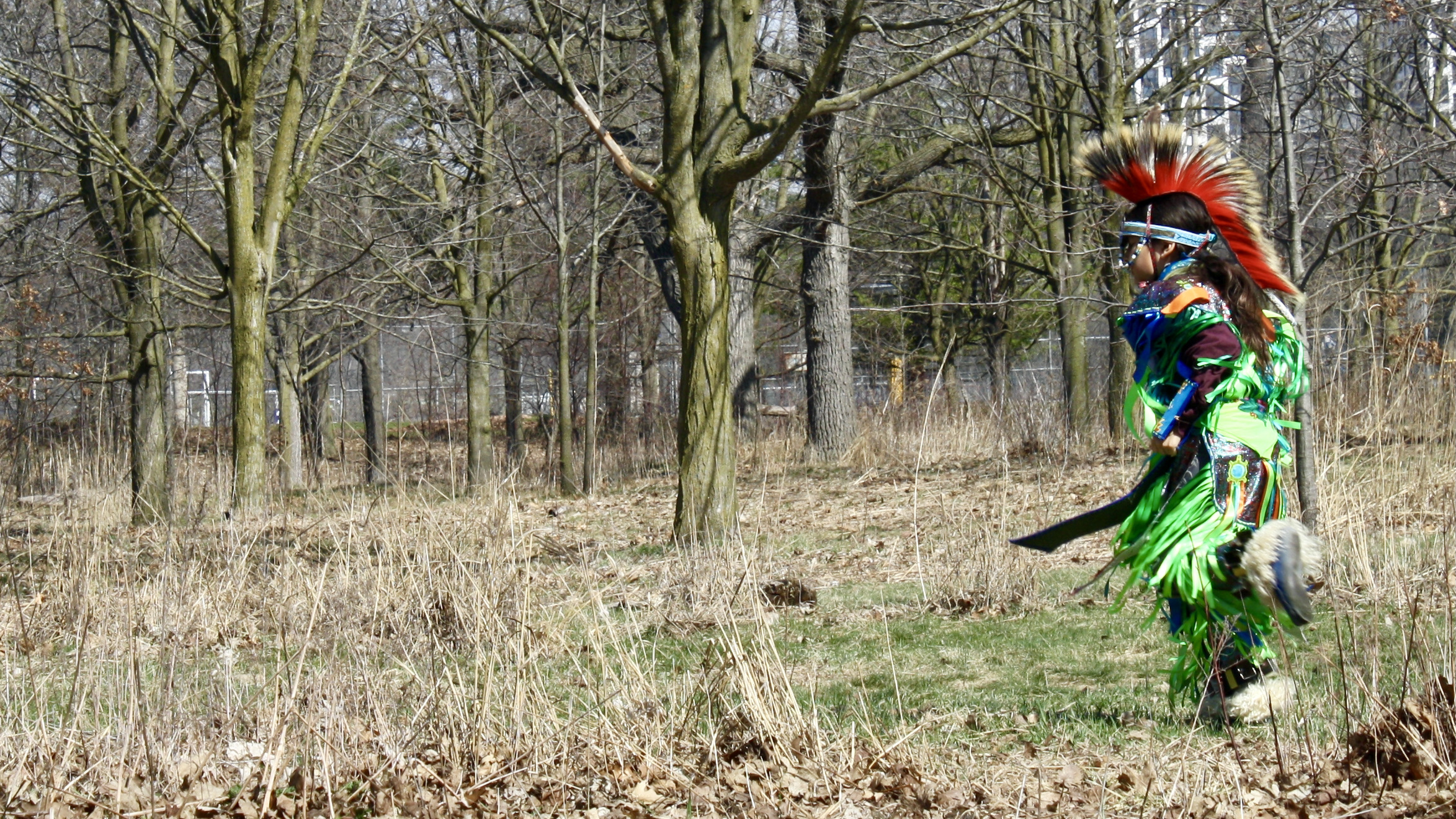High Park was ablaze on April 13, but it was not an act of destruction, but of life.
As High Park has seen for years before, the land went through a prescribed burning, which means sections of High Park are set on fire in a very controlled manner.
Large swathes of the park were closed to residents starting at 7 a.m. to help prevent smoke inhalation. Five areas totalling almost 10 hectares were selected for the controlled burns.
The burning took place earlier than usual this year due to optimal weather conditions.
Some residents not familiar with the practice may be confused, but the action is done to help the life in the park, particularly the black oak trees, to grow and support itself.
The burning was done with the cooperation and leadership of the Indigenous Land Stewardship Circle as their ancestors have been burning the land long before European colonizers arrived on the continent.
Indigenous Land Stewardship Circle member Carolyn Crawley, who is of Mi’kmaw descent, said Indigenous Peoples burned these lands “since time immemorial” to support the black oak savannahs as the acorns on the tree “was an important food source.”
“When the land is burned, what happens is it helps to support any other plant beings that need fire, as well as it creates an opportunity to burn any dry brush to prevent forest fires later in the season,” Crawley said.

A worker in the process of setting High Park ablaze in a controlled manner. It's done annually to remove dry vegetation and prevent forest fires. Photo credit: Julian Arwen
Toronto’s Manager of Forest and Natural Area Management Ray Vendrig was confident in the ability of the staff in charge of lighting the fires, describing them as “professionals.”
“You know, this is something that they do across southern Ontario, during the spring, and a lot of them are firefighters or they’ve been trained by the Ministry of Natural Resources and Forestry,” Vendrig said
He said he enjoys the burnings as it’s “once a year” and that it’s “very exciting.” Of the burning, he said it’s a “great opportunity to educate people about High Park and about this ecosystem and why we’re doing so,”
Of the burning itself, Crawley calls the ceremony and the burning “beautiful to be able to be a part of it and to witness it.”
“Because as the Indigenous land stewardship circle, we’ve been gathering together for a number of years now. And so it’s beautiful to see the outcomes of our work of collaborating with each other,” she said.
Several Indigenous chants and dances took place before the dry vegetation was ignited.
“We only get several days’ notice, because it’s all based upon the directions of the winds and the predicted weather patterns,” Crawley said. “So you know, it can be a little challenging for a lot of people to get out here so we’re hoping just to create that opportunity.”
For more information on the burnings, visit the High Park Nature website.

